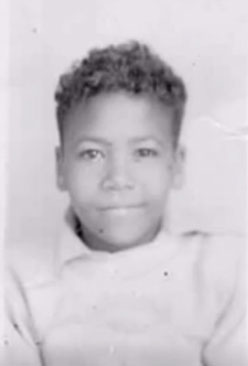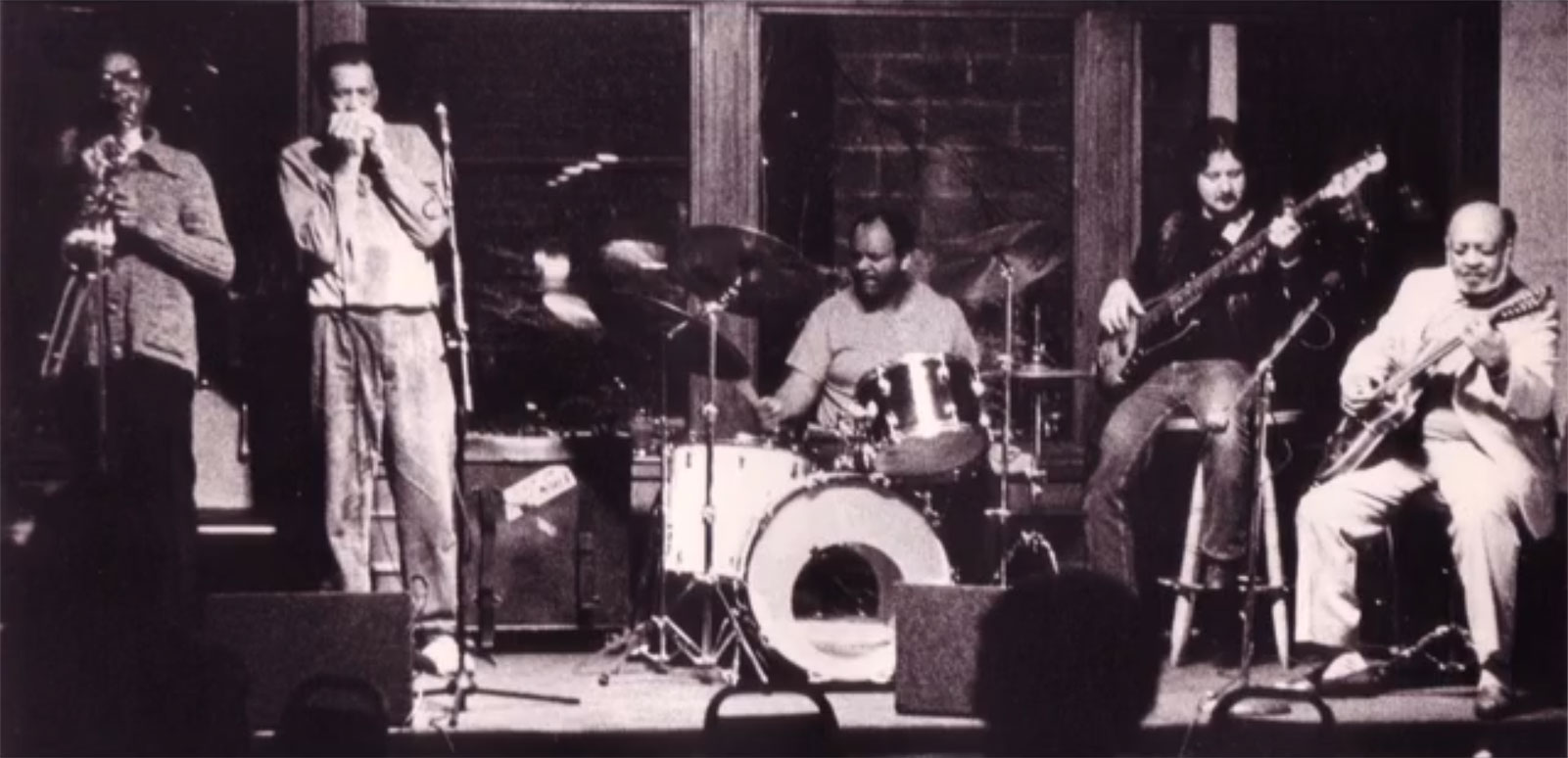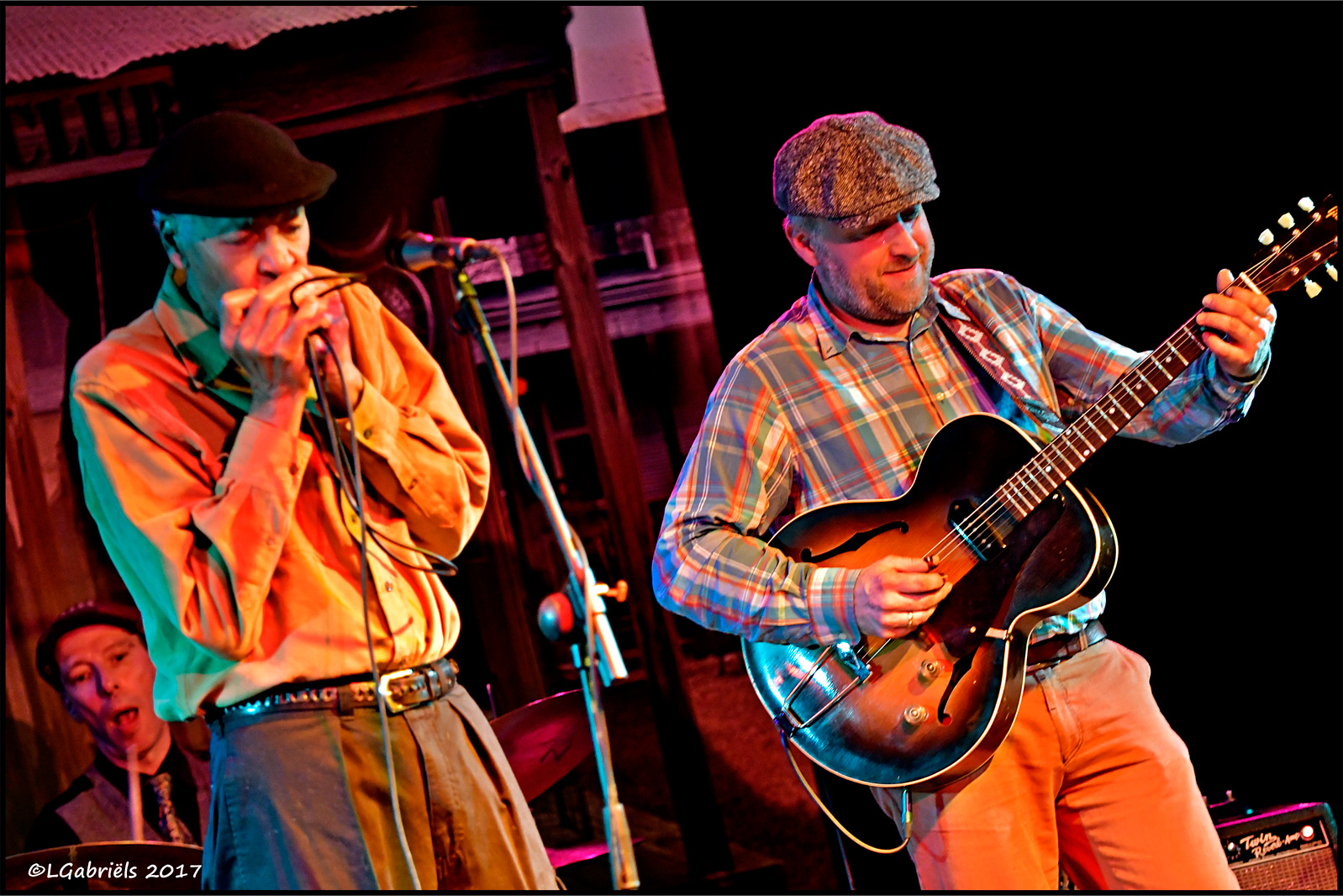Born and Raised in Tennessee
Bio
At the age of 51, Wallace Coleman joined Robert Jr. Lockwood’s band, marking the beginning of his professional music career. Soon he was traveling throughout the United States, Canada, and overseas playing major Blues Festivals and clubs.
Wallace Coleman: Acclaimed Blues Artist

WLAC introduced young Coleman to the thriving Blues artists of the day who would soon become some of his greatest musical influences; artists who would carve out their own legendary status in Blues Music history – among them Little Walter Jacobs, Sonny Boy Williamson, Howlin’ Wolf, Muddy Waters. Creating parts and laying down the guitar foundation for many of those Chess recordings was Robert Jr. Lockwood – a man who, some 25 years later, would play a pivotal role in Coleman’s future.
Coleman left Tennessee in the ‘50s to find work in Cleveland, Ohio. He found steady work, and to his delight, an active Blues community where touring artists like Jimmy Reed, Sonny Boy Williamson, Muddy Waters, Elmore James, B.B. King and others came to perform. Coleman’s introduction to the Cleveland Blues scene meant seeing as many touring artists as possible. In the 1960s, Lockwood and Sonny Boy Williamson II, who had been performing together in the South, made their way to Chicago and eventually to Cleveland, taking up residence and performing.
While Coleman would not meet Lockwood until much later, he often went to see Williamson perform at local venues. The two became friendly, discovering they lived only blocks apart. Williamson would soon depart for Europe while Lockwood made Cleveland his permanent and final home.
 A self-taught musician, Coleman played the harmonica on his breaks at work. One day a co-worker brought his cousin to the jobsite to hear Coleman play. That meeting sparked a year-long pairing with Cleveland’s Guitar Slim at the Cascade Lounge, and the discovery of this real Blues juke joint nestled in his new Cleveland hometown. It was more than Coleman thought he could ask for, but the next surprise was just around the corner.
A self-taught musician, Coleman played the harmonica on his breaks at work. One day a co-worker brought his cousin to the jobsite to hear Coleman play. That meeting sparked a year-long pairing with Cleveland’s Guitar Slim at the Cascade Lounge, and the discovery of this real Blues juke joint nestled in his new Cleveland hometown. It was more than Coleman thought he could ask for, but the next surprise was just around the corner.
It was at the Cascade Lounge that Coleman caught the ear of Robert Jr. Lockwood who had heard about this harp player and had come to hear him play. Lockwood called Coleman over and, on the spot, offered him a position in his band. A flattered Coleman said he had about 1 year to work before reaching retirement and he would contact Lockwood then. Wallace Coleman did retire, marking 31 years with Cleveland’s Hough Bakeries. And soon thereafter, as promised, he called Robert Jr. Lockwood.
It was an honor to have been chosen by Lockwood as his first and only harmonica player. His bandleader was an architect of American Blues; a guitar master closely watched and studied by any genre’s guitar slingers. Performers like B. B. King, Gatemouth Brown, and Ronnie Earl beat a path to Lockwood’s door every time they toured in Cleveland. Eric Clapton invited Lockwood to perform at his Crossroads Guitar Festival.
Hand-picking Wallace Coleman meant that Lockwood would be performing his own music and the songs of his step-father Robert Johnson in a completely new way; now accompanied for the first time by harmonica which meant that both Lockwood and Coleman would be in unchartered territory with Coleman creating parts and Lockwood creating new arrangements to incorporate the harmonica. He asked Coleman to find ways to bring his richest harmonica sounds. A masterful innovator, Coleman created and developed 3rd position harmonica parts that perfectly fit Lockwood’s guitar, song arrangements, and both Lockwood’s and Johnson’s Delta Blues songs. This is the only place in the world of Blues Music that these3rd position harmonica parts created by Coleman could be heard.

At the age of 51, Wallace Coleman closed the door on one career and stepped into the next; that of professional musician. As a member of the Robert Jr. Lockwood Band he was now traveling the world playing on major Blues Festivals and in premier Clubs.
After a few years, Lockwood recognized that fans wanted to hear more from Wallace Coleman and Lockwood encouraged him to form his own band. In 1997, Coleman graduated to the post of full-time band leader. Shortly before leaving Lockwood’s band, Coleman recorded with Lockwood on his Grammy-nominated CD “I Got to Find Me a Woman.”
The Wallace Coleman Band was formed with Coleman standing firmly on the professional music foundation formed and nurtured during his 10 years as a Lockwood Side Man. And now Coleman could tap into the rich reserves of his beloved Traditional Folk and Chicago Electric Blues. Like Lockwood, Coleman has taken his band to perform at major Festivals and venues around the United States and beyond, touring in England, Belgium, Switzerland, France – and beginning in 2015, he has been invited to perform and record in Brazil, Spain and Holland – backed by the fine Blues artists in those countries.
On his own Ella Mae Music Label, Coleman has produced 5 CDs to critical acclaim: “Stretch My Money,” “Live at Joe’s,” “The Bad Weather Blues,” “Blues in the Wind” (Remembering Robert Jr. Lockwood), and “Live from Sao Paulo to Severance.”
In 2019, Wallace Coleman continues to perform around the United States and overseas with a Spring tour in the Netherlands. He is widely regarded as a postwar Chicago Blues premier torchbearer, recognized for his soulful, rich-toned and innovative harmonica sound.
Wallace Coleman’s authentic, textured harmonica style and captivating vocals are reminiscent of the sounds that long ago haunted him across those WLAC airwaves as a young listener late at night, and are now also infused with his own creative compositions, covers, and interpretations.

